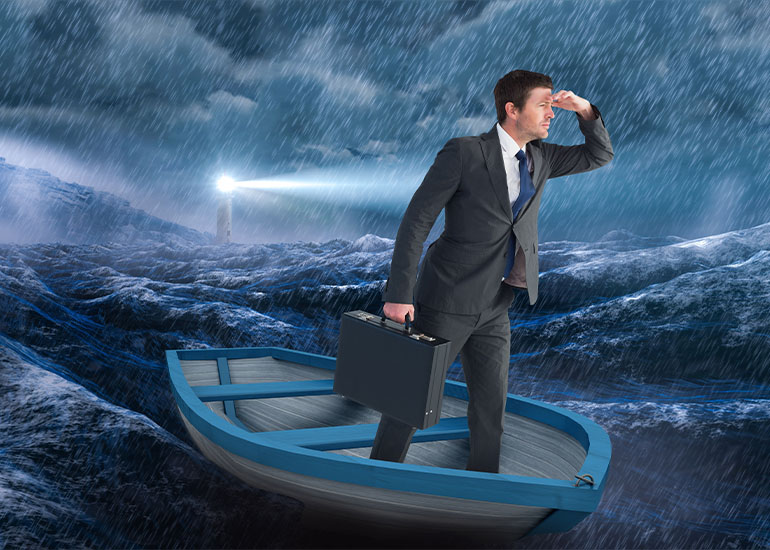In the world of digital marketing, businesses are often faced with the question of whether to invest in paid ads or search engine optimization (SEO). Both methods can be effective for generating leads and driving traffic to a website, but they have distinct differences that make them better suited for different types of businesses and marketing goals. In this article, we will explore the key differences between paid ads and SEO and help you determine which approach is better for your business.
Paid Ads Paid ads, also known as pay-per-click (PPC) advertising, are online advertisements that businesses pay for each time someone clicks on their ad. Paid ads appear at the top of search engine results pages (SERPs) and on other websites, and they can be a quick and effective way to reach a large audience.
Pros of Paid Ads
- Quick results: Paid ads can deliver quick results, as they can start driving traffic to your website almost immediately.
- Targeted audience: Paid ads allow you to target specific audiences based on demographics, interests, and behavior. This makes it easy to reach the people who are most likely to be interested in your products or services.
- Measurable results: Paid ads offer measurable results, as you can track the number of clicks, conversions, and return on investment (ROI) from your campaigns.
Cons of Paid Ads
- Cost: Paid ads can be expensive, especially for highly competitive keywords and industries. The cost of paid ads can quickly add up, and businesses need to be prepared to allocate a significant budget to their campaigns.
- Short-term results: Paid ads offer short-term results, as traffic will stop once you stop paying for the ads. This makes it difficult to build long-term brand awareness and customer loyalty.
- Limited reach: Paid ads have a limited reach, as they are only shown to people who have searched for specific keywords or are members of specific target audiences.
Search Engine Optimization (SEO) Search engine optimization (SEO) is the process of optimizing a website to rank higher in search engine results pages (SERPs) for specific keywords. SEO involves a variety of techniques, including keyword research, content creation, and backlink building, and it can take time to see results.
Pros of SEO
- Long-term results: SEO offers long-term results, as it helps build a strong online presence that can last for years to come.
- Cost-effective: SEO is cost-effective compared to paid ads, as it does not require a continuous budget. Once you have optimized your website for specific keywords, the results will last for a long time.
- Increased credibility: SEO helps increase your website’s credibility and authority, as high search engine rankings indicate that your website is relevant and trustworthy.
Cons of SEO
- Takes time: SEO can take time to see results, as it involves a variety of techniques that need to be implemented over time. It can take several months or even years to see significant improvements in search engine rankings.
- Requires technical expertise: SEO requires technical expertise, as it involves optimizing website code, structure, and content for search engines. Businesses may need to hire an SEO professional or agency to help with their SEO efforts.
- Competition: SEO can be competitive, as businesses are competing for the same keywords and search engine rankings. This can make it difficult to rank high in search engine results, especially for highly competitive keywords and industries.
So, Which is Better: Paid Ads or SEO? The answer to this question depends on your specific business and marketing goals. If you are looking for quick results and are willing to invest a significant budget, paid ads may be the better option. However, if you want to build a long-term online presence and establish credibility and authority, SEO may be the better choice. Here are a few scenarios where one approach may be preferable to the other:
- If you have a limited budget: If you have a limited budget, SEO may be the better option, as it does not require a continuous budget and can provide cost-effective results over time.
- If you have a new website: If you have a new website, SEO may take some time to see results. In this case, paid ads can help drive traffic to your website quickly, while you work on optimizing your website for search engines.
- If you have a specific target audience: If you have a specific target audience, paid ads can be an effective way to reach that audience quickly and measure the results of your campaigns.
- If you want to reach a large audience: If you want to reach a large audience quickly, paid ads may be the better option, as they can be shown to a large audience in a short amount of time.
In conclusion, both paid ads and SEO can be effective for lead generation and driving traffic to a website. The best approach for your business will depend on your specific business and marketing goals, as well as your budget and timeline. Businesses can also consider using a combination of both paid ads and SEO to maximize their online presence and reach their target audience effectively.



